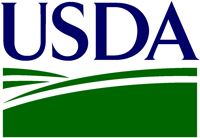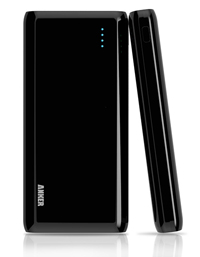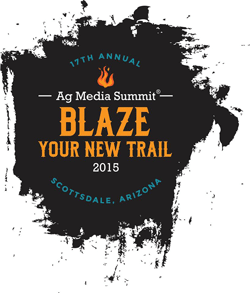*UPDATED* with audio below
 Agriculture Secretary Tom Vilsack today announced a one week extension for producers to choose between Agriculture Risk Coverage (ARC) and Price Loss Coverage (PLC), the safety-net programs established by the 2014 Farm Bill. The final day to make the decision, update yield history or reallocate base acres will now be April 7, 2015.
Agriculture Secretary Tom Vilsack today announced a one week extension for producers to choose between Agriculture Risk Coverage (ARC) and Price Loss Coverage (PLC), the safety-net programs established by the 2014 Farm Bill. The final day to make the decision, update yield history or reallocate base acres will now be April 7, 2015.
“This is an important decision for producers because these programs help farmers and ranchers protect their operations from unexpected changes in the marketplace,” said Vilsack. “Nearly 98 percent of owners have already updated their yield and base acres, and 90 percent of producers have enrolled in ARC or PLC. These numbers are strong, and continue to rise. This additional week will give producers a little more time to have those final conversations, review their data, visit their local Farm Service Agency offices, and make their decisions,” said Vilsack.
If no changes are made to yield history or base acres by the deadline, the farm’s current yield and base acres will be used. If a program choice of ARC or PLC is not made, there will be no 2014 crop year payments for the farm and the farm will default to PLC coverage for the 2015 through 2018 crop years. Producers who have an appointment at their local FSA offices scheduled by April 7 will be able to make an election between ARC and PLC, even if their actual appointment is after April 7.
Covered commodities under ARC and PLC include barley, canola, large and small chickpeas, corn, crambe, flaxseed, grain sorghum, lentils, mustard seed, oats, peanuts, dry peas, rapeseed, long grain rice, medium grain rice (which includes short grain and sweet rice), safflower seed, sesame, soybeans, sunflower seed and wheat. Upland cotton is no longer a covered commodity.
The initial deadline for yield and base decisions was February 27. One month ago, USDA announced the first deadline extension to March 31.
*UPDATE* Val Dolcini, administrator of USDA’s Farm Service Agency (FSA) hosted a media conference call at noon central time on the deadline extension.
Farm Service Agency Administrator Val Dolcini
![]() Brownfield Ag News continues to grow as it rolls out networks of radio station affiliates in Michigan and Minnesota today.
Brownfield Ag News continues to grow as it rolls out networks of radio station affiliates in Michigan and Minnesota today.







